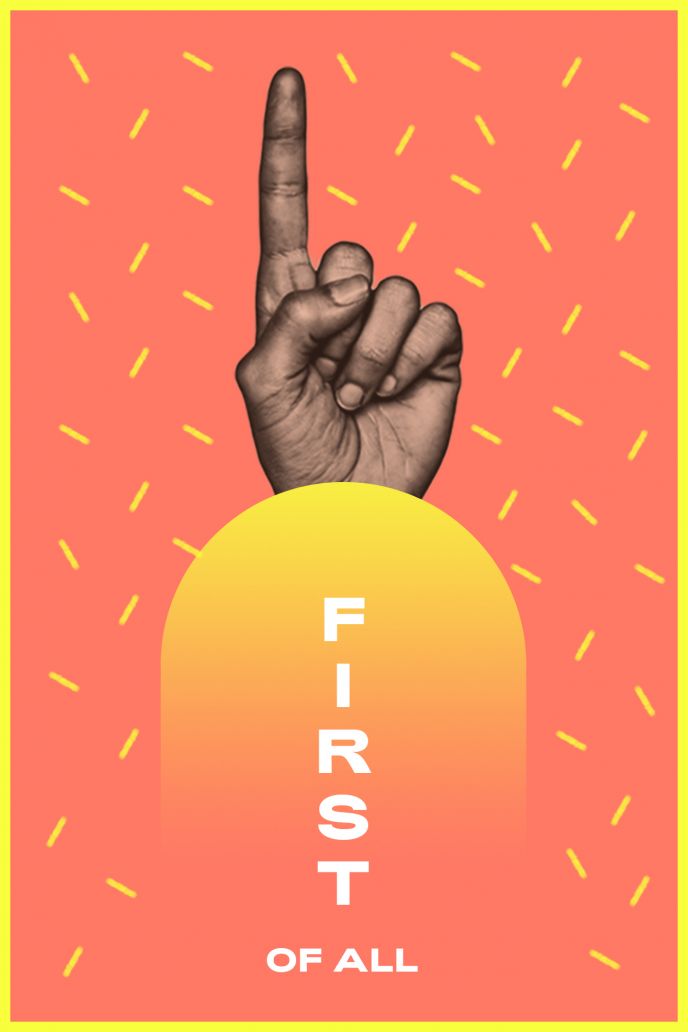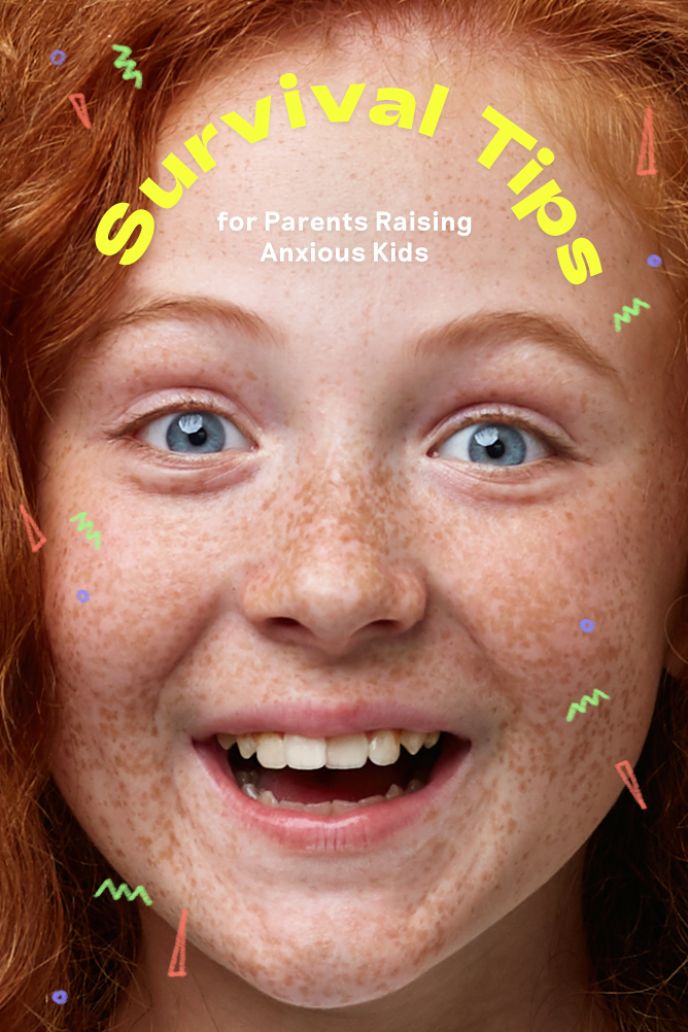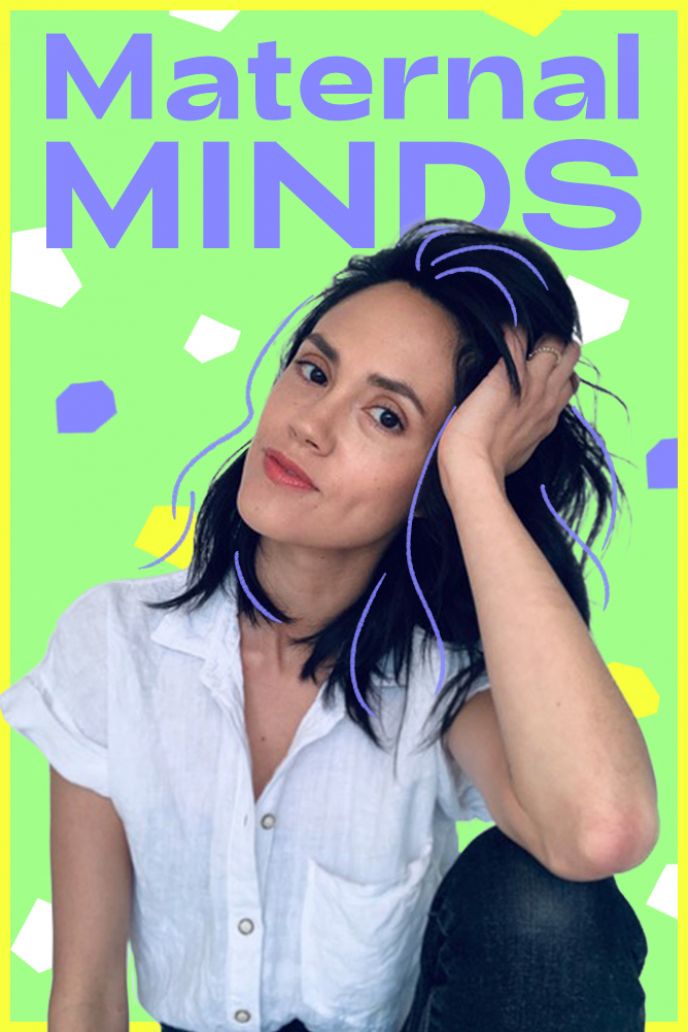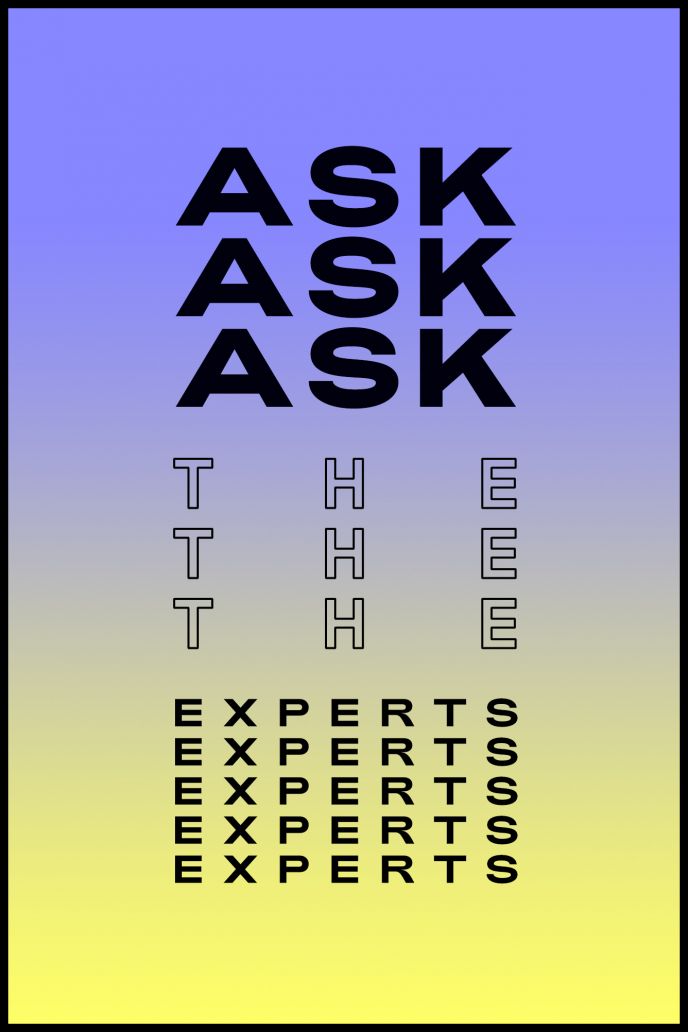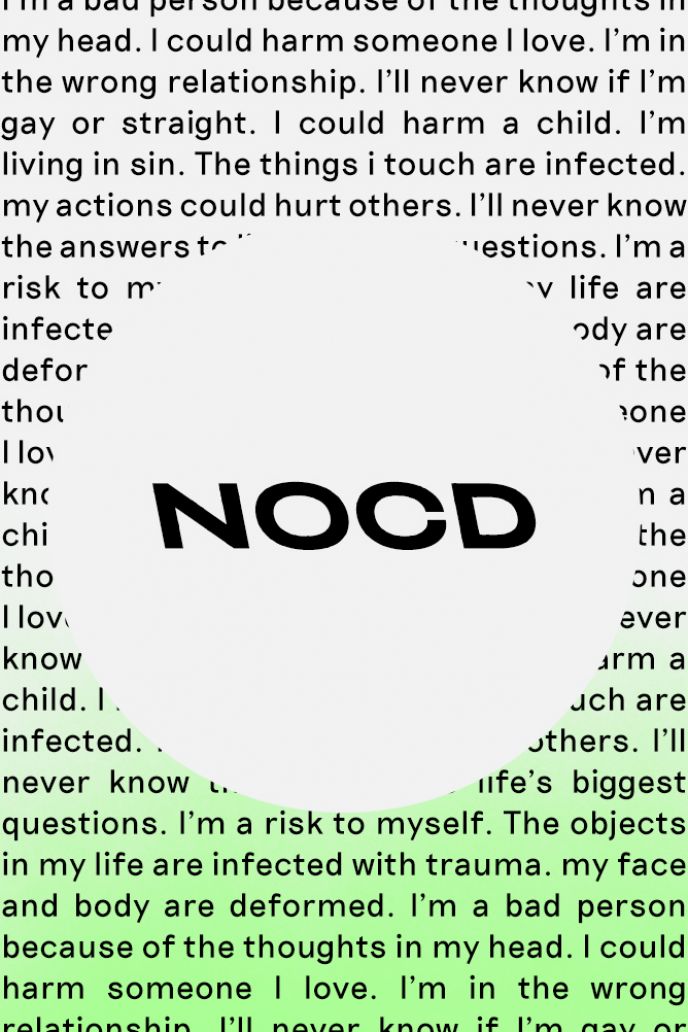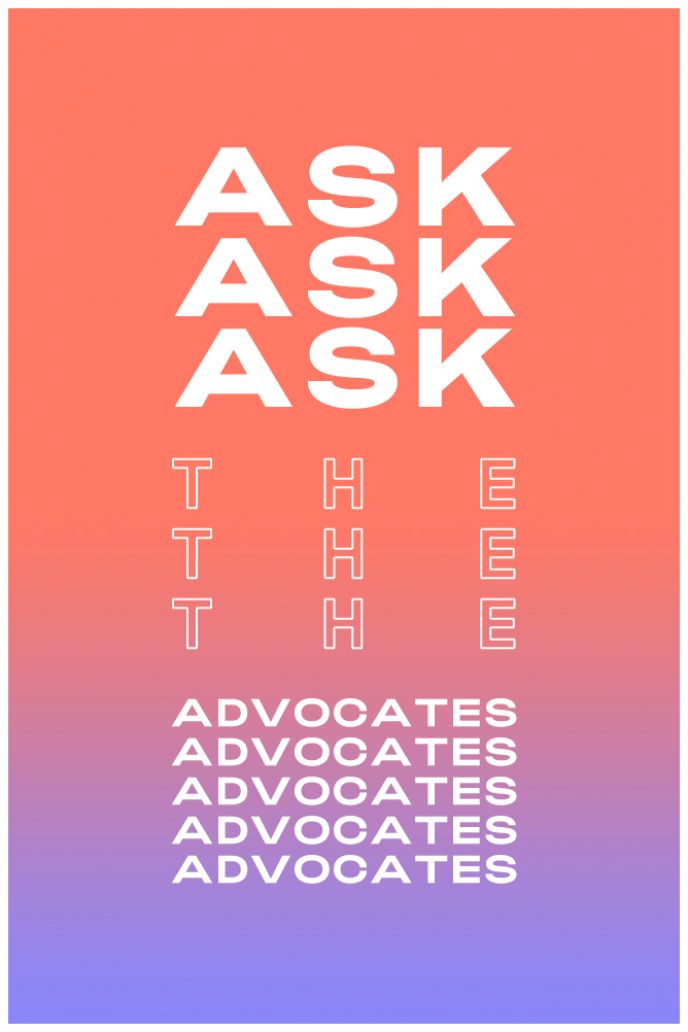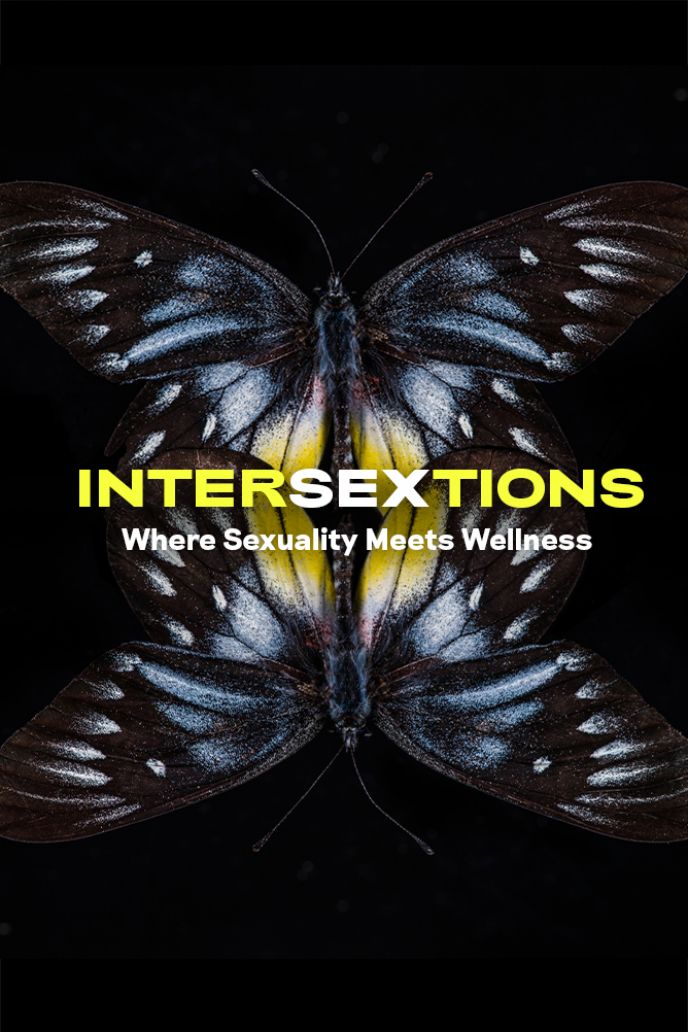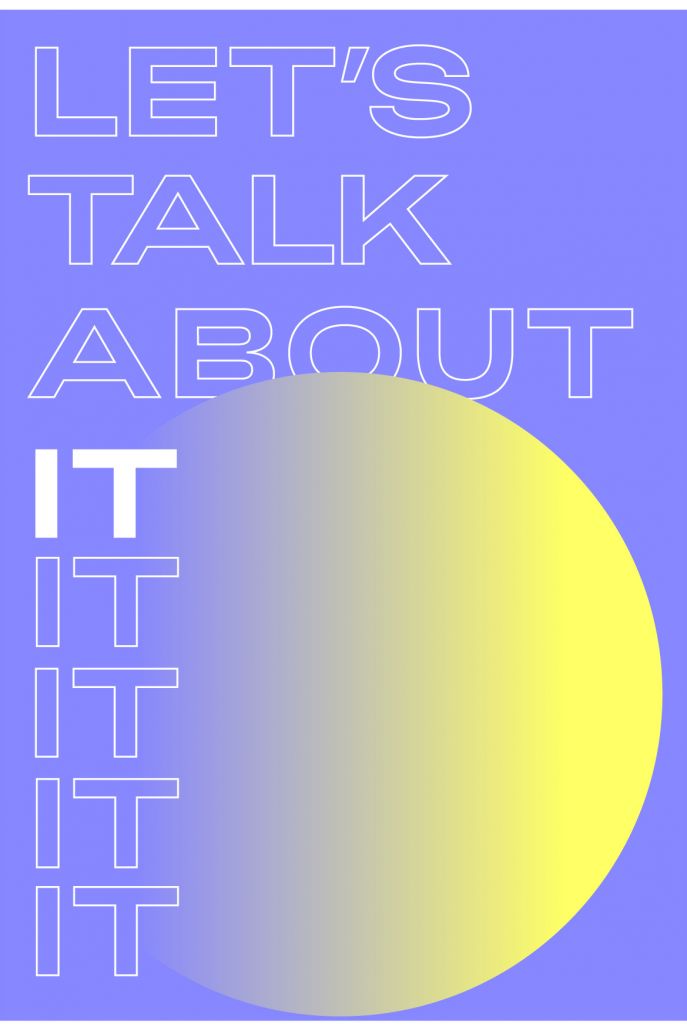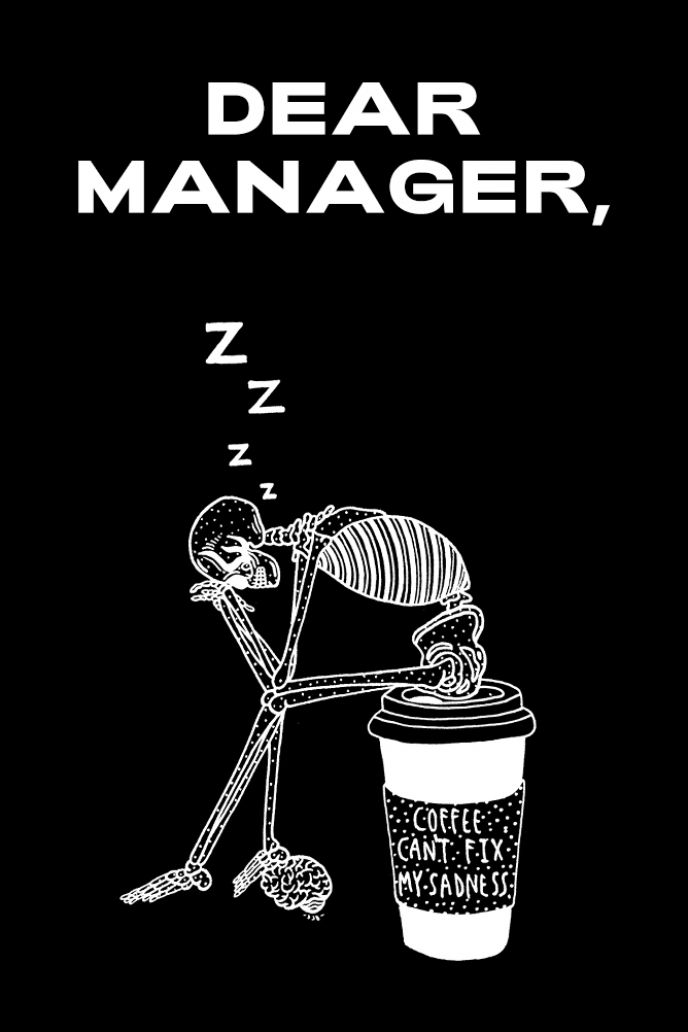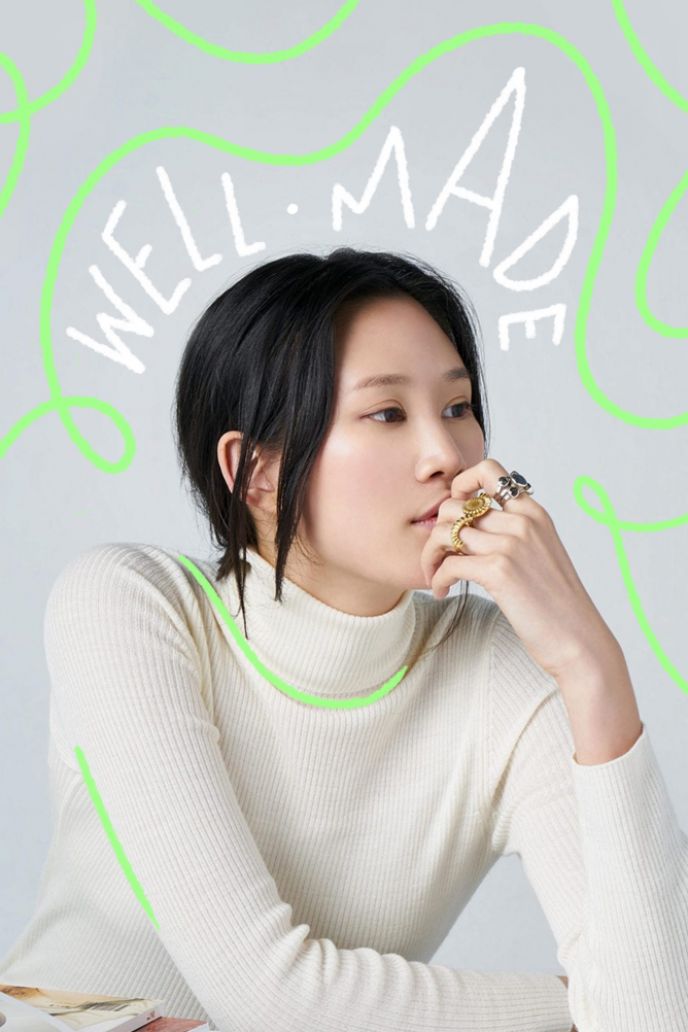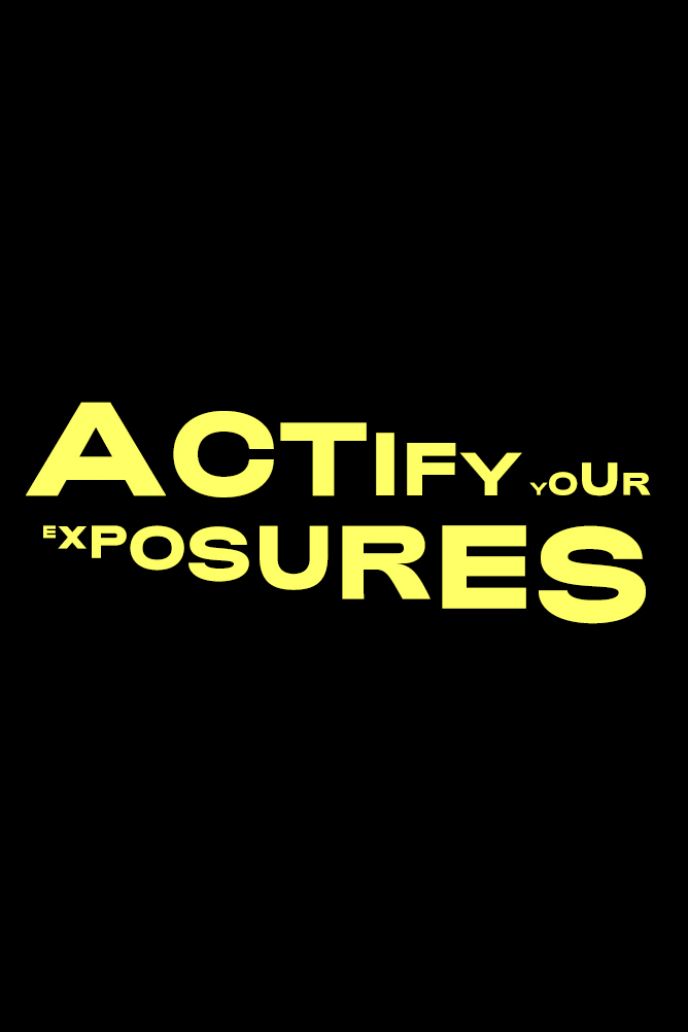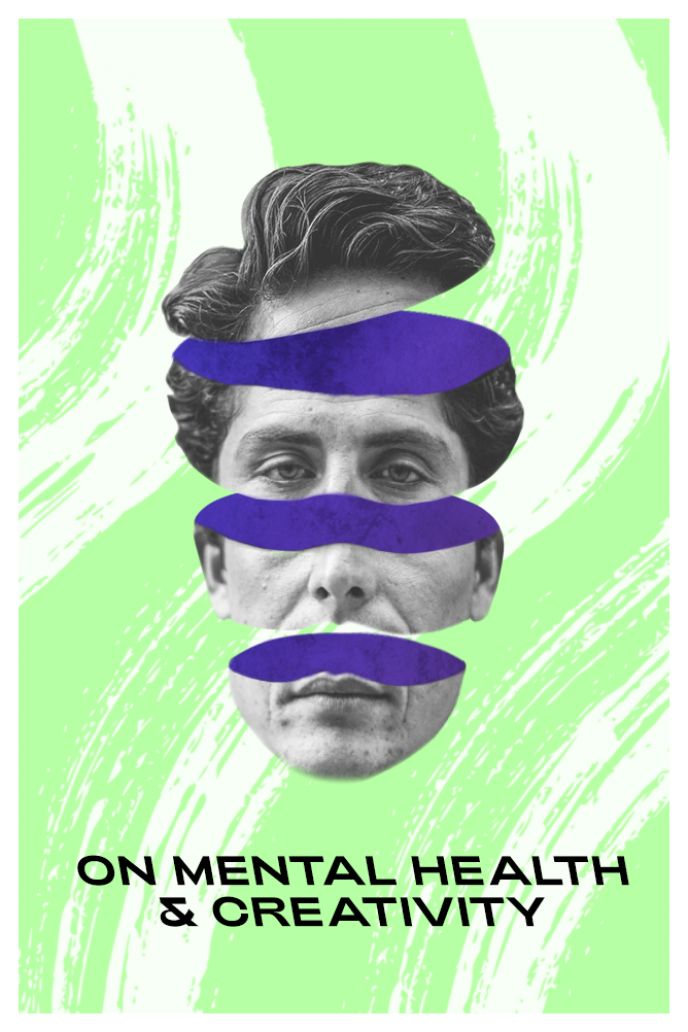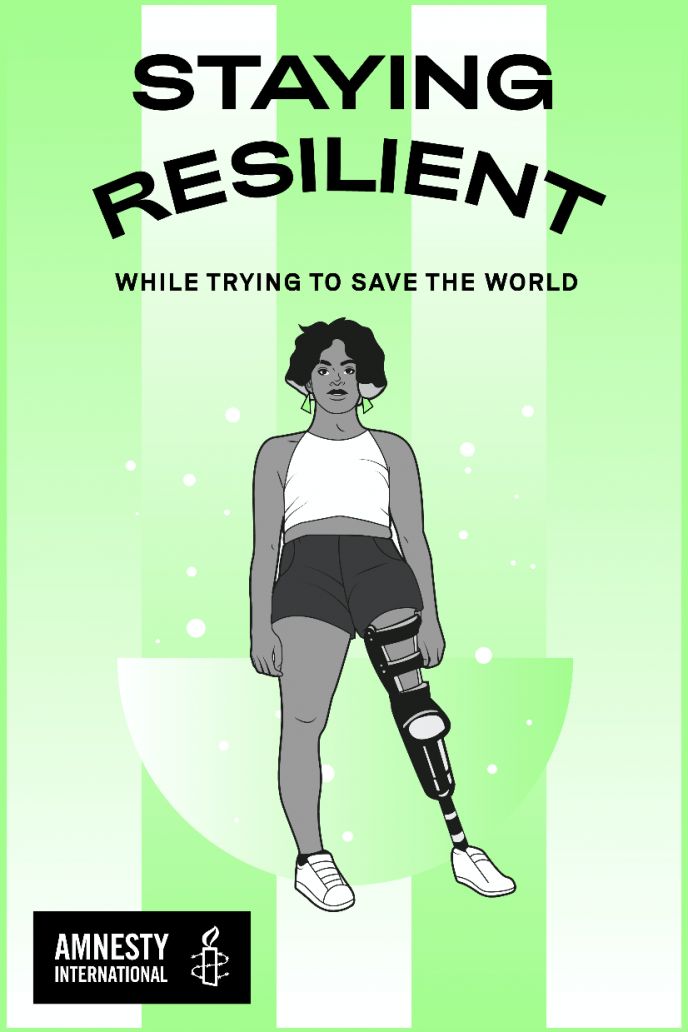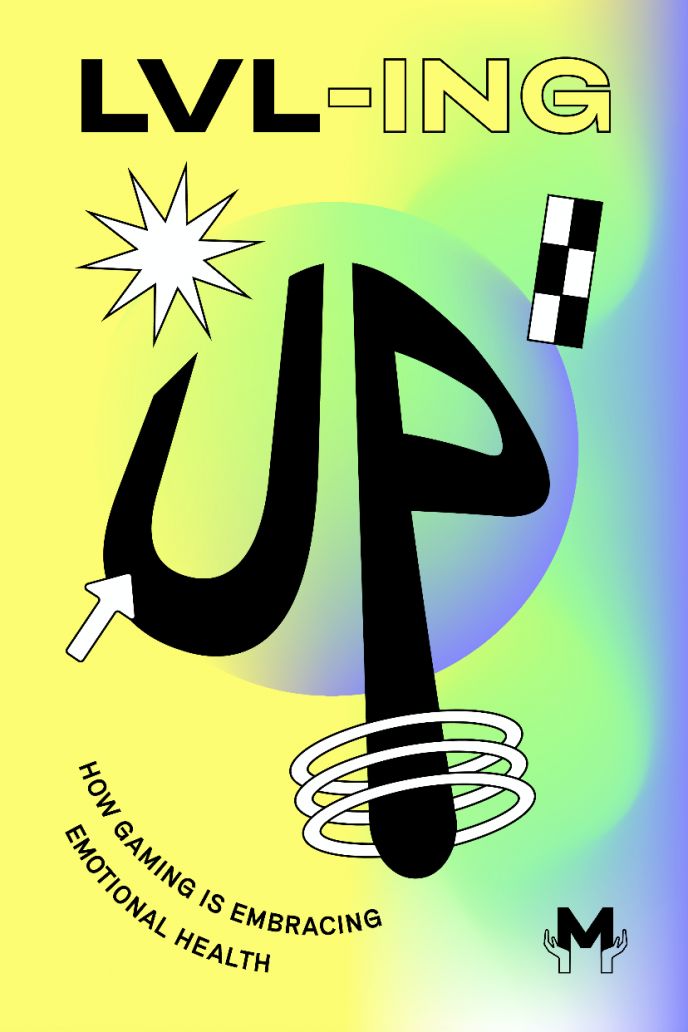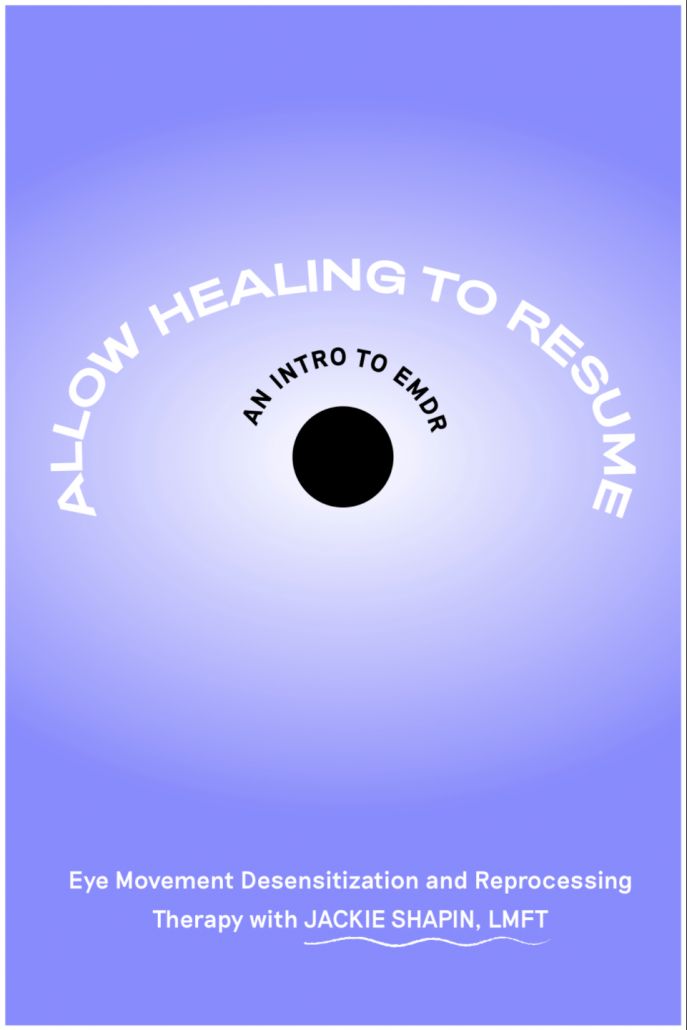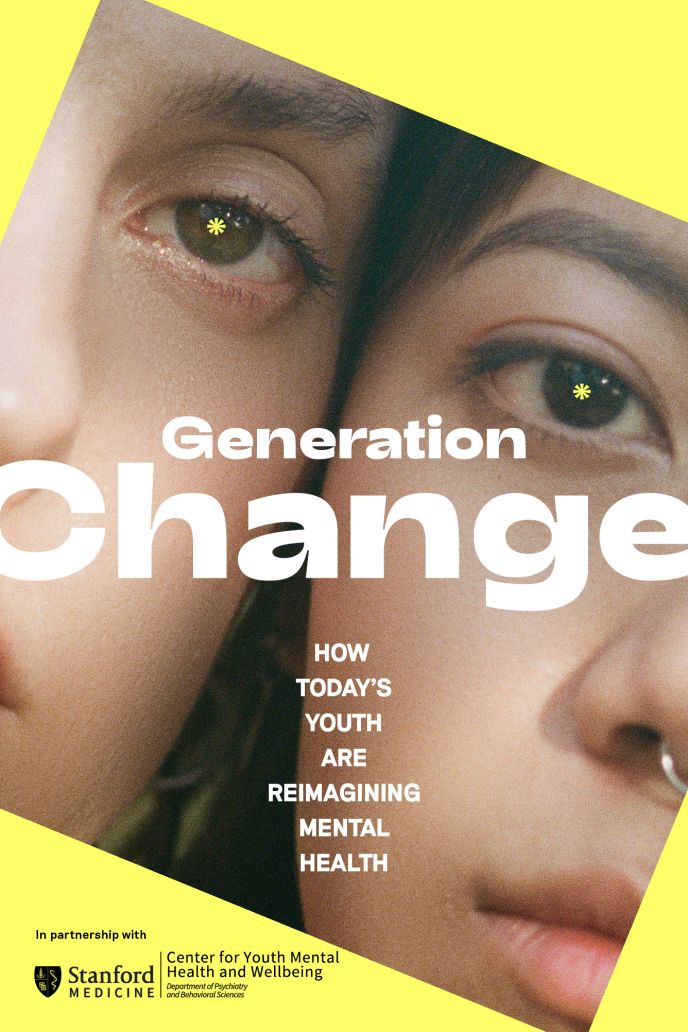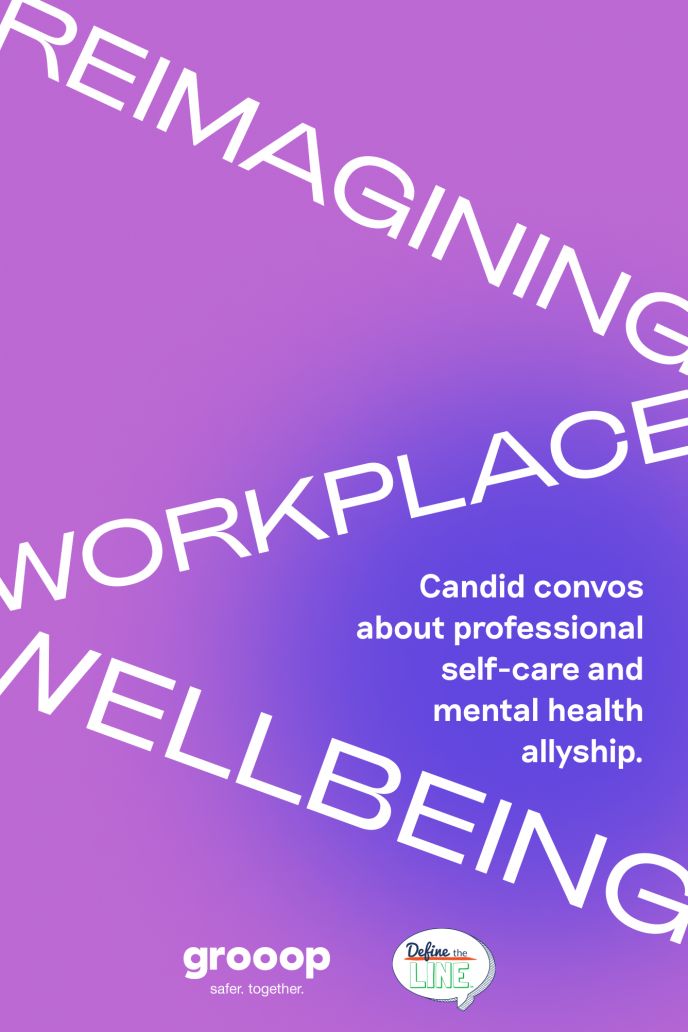Visualizing Pure O Recovery Through Photography
Mark has lived with intrusive thoughts since he was 11. After being treated for Pure OCD during quarantine, he sought to portray his condition through photography.
Escrito por Mark Otterstetter
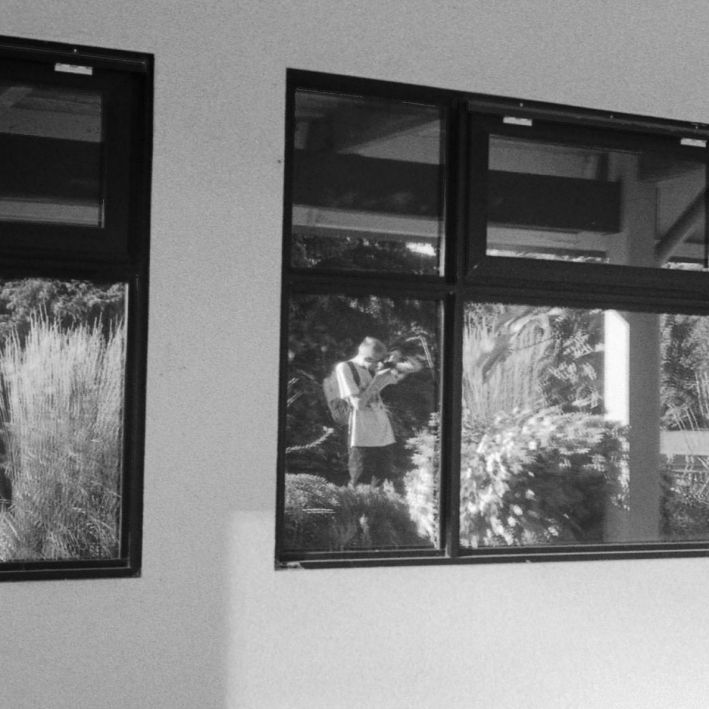
01 Mark has had intrusive thoughts since childhood. The COVID-19 pandemic, social isolation, and other related stressors brought his Pure OCD to a breaking point and drove him to seek therapy.
02 Recently, Mark has sought to depict his Pure OCD photographically in a project titled ‘Shadow Aspect’.
03 This project is an attempt to educate others and spread awareness about an often under discussed and misunderstood disorder.
My Journey
Since childhood, I've been an inquisitive person, constantly asking big questions. At five-years-old, after my grandfather passed, I demanded that my mother describe heaven to me in great detail.
At eight, I asked her to tell me what the “right” religion was so I wouldn't follow a false God. And at ten, I was furious when I found out I'd been deceived into believing that Santa Claus was real.
A year later, at eleven, my internal inquisition grew darker and I began having Pure O related intrusive thoughts — specifically around harm and existentialism. One of the most difficult aspects of Pure O is the inability to disassociate from your terrible thoughts. I'm unable to shake the feeling that I’m one of the most abhorrent souls to walk the earth, no matter what logic tells me. Of course, at 11 years old, I had no idea what to call what was happening to me. I only knew that I could spend hours spiraling through self-hating and suicidal thoughts.
These thoughts continued throughout my adolescence, making it hard for me to socialize or leave my house. I would often skip class, school events, and other social interactions (or try my best to fade into the background when I did go). I was able to do this without much difficulty in the large public school I attended, especially since I made average grades despite being checked out. And since my Pure O thoughts couldn't be seen, my suffering was invisible to others.
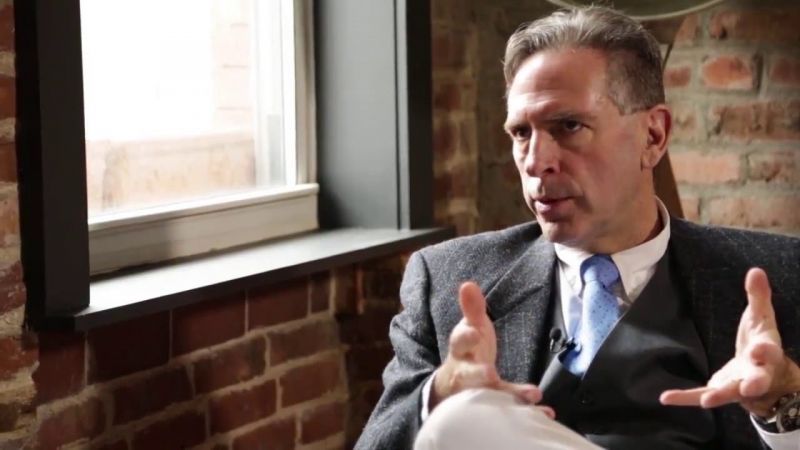
Living with Intrusive Thoughts, Pure O
Even when I was able to fade into the background, being at school provided fuel for my intrusive thoughts. For example, the prevalence of school shootings in the news became the source of constant rumination over what plan I would follow if such an event were to occur. These intrusive thoughts were inevitably followed by fear that I would do something wrong in the case of such an emergency, with dire consequences for myself and others.
When I was a boy, I was very outgoing. But as my intrusive thoughts increased, so did my introversion. Music was an escape from these thoughts. I identified with the lyrics of artists like Kid Cudi, Kendrick Lamar, Mac Miller, and J. Cole. I specifically recall Kid Cudi’s song, “The Prayer,” providing release from my self-destructive thoughts.
Even though these artists lived completely different lives, their lyrical accounts of their own mental health issues resonated with what I was going through. Watching these artists on YouTube both fueled my creative side and led me to want to learn about other cultures.
At thirteen I began taking photographs. Since then, I've experimented with most major sub-genre of photography. Consuming and producing art was a solitary activity that I could pursue. I spent hours looking at photographs online and taking my own. I also began to analyze current events in more depth and watch more news and documentaries. Fascination with various spiritual and cultural outlooks on life began to slowly provide perspective and reshape my understanding of the world.
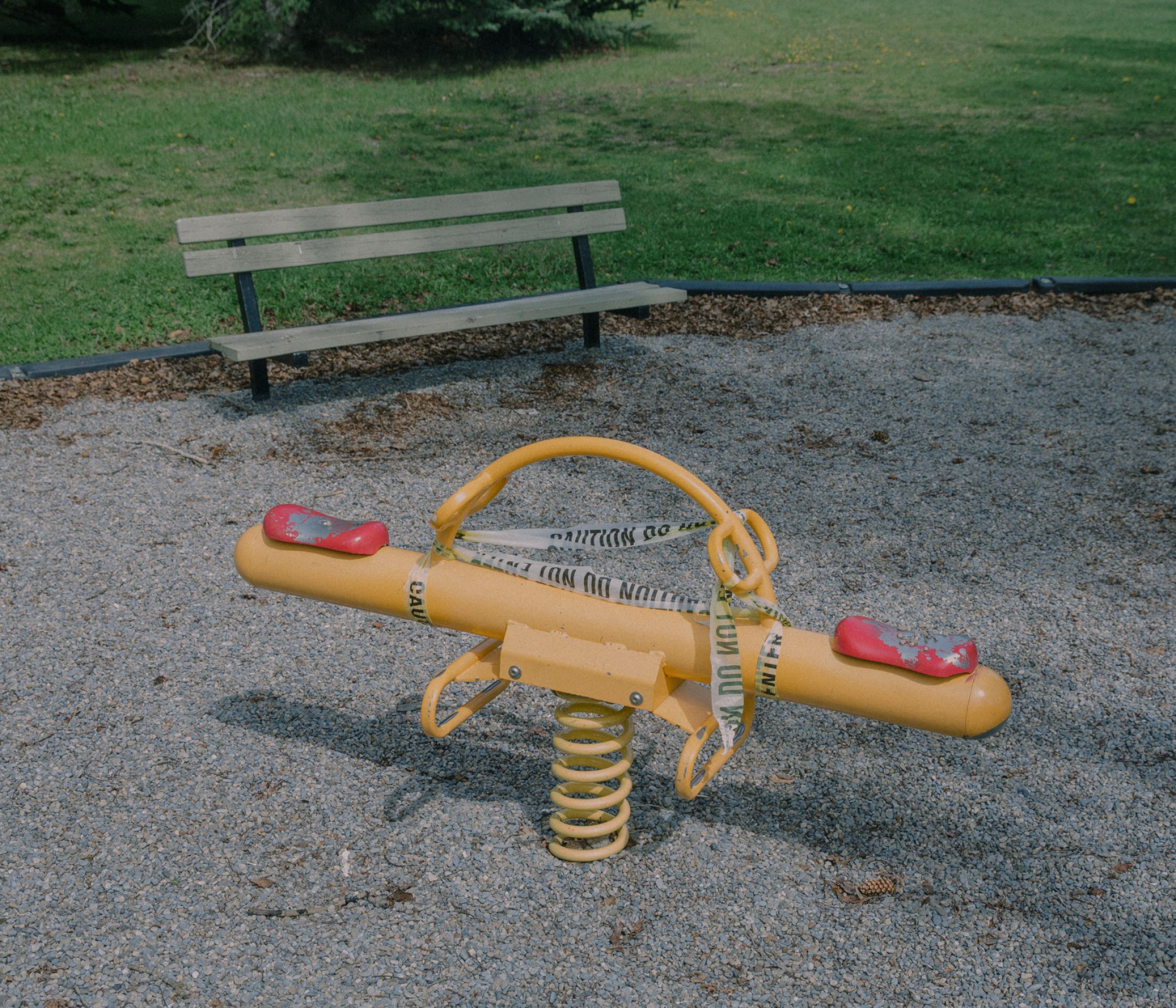
The Pandemic
The pandemic has been difficult for everyone, especially those already struggling with mental health issues. This was certainly true for me.
Although I've always been comfortable being alone, the total social isolation was tremendously difficult. Being unable to see my family members who live in other countries further exacerbated my issues. And of course, the virus itself proved abundant fuel for intrusive thoughts. In fact, even though I've dealt with Pure O for years, it brought me to a breaking point.
Most days I ate only one or two meals and had periods of spiraling intrusive thoughts and involuntary shaking that could last hours at a time. One day I had eight consecutive hours of involuntary shaking and intrusive thoughts.
During the worst of these times I was completely immobilized, relegated to my bed, and unable to perform basic day-to-day tasks. This negatively impacted my ability to sleep, increasing the sense of unreality that I was experiencing. The days I could get out of bed I often spent taking photographs, leaning on my most reliable coping mechanism. Nevertheless, I felt I was slowly losing my grip on what was real and what was not, caught in what I perceived as a nihilistic hell.
I knew I had to do something. I was hesitant to go to therapy due to a poor experience with it during adolescence. At that time, I would have done anything to continue to hide my intrusive thoughts from others.
As a boy, I worried that if I ever shared the specifics of my thoughts, I'd face dire consequences. Therefore, like many who suffer from Pure O, I endured these thoughts for years without ever describing them to the people closest to me. In my case, it took eleven years and a pandemic to push me to get help. But I finally did and it saved my life.
I found a therapist who focused on Cognitive Behavioral Therapy. Within three sessions, I was being treated for Pure OCD. The impact was profound and included both tears and laughter. With understanding came relief, but also sadness in knowing that my years of suffering could have been mitigated if I had a better understanding of my mental workings. Aside from Pure O, I was also treated for post-traumatic stress, which was the cause of my the involuntary shaking episodes.
During my initial Exposure and Response Therapy, I was exposed to a highly triggering thought and shook involuntarily for 27 minutes without release. I recall gripping my hands together so forcefully I felt as if I might snap my fingers. It was as if a burst of energy traveled through my body, dividing me in two, and leaving the OCD an entirely separate part inside of me. It was the most intense feeling I've ever experienced. Watching my limbs uncontrollably shake with severe force, I was stunned that my mind could inflict such intense pain on my body.

That violent release of energy was followed by a brief period of altered consciousness. I can only describe it as a state of emotional detachment from my OCD thoughts. It was the first time in so long that I had mental clarity and quiet. And for the first time, I believed that I might be able to fundamentally change my life. I had hope.
Since this initial work, I have continued to make strides in my therapy and my ability to deal with my intrusive thoughts has continued to get stronger. Before starting therapy, I was hoping for any improvement in my mental health. But I never thought I might be able to actually let go of my thoughts. Now I feel liberated. Although I have not been ‘cured,’ I’ve had such a substantial shift in consciousness and perspective that it has made it difficult to identify with aspects of my past self.
Art From Pain
As a photographer, I tend to think of the world visually. Once I entered therapy, I knew I wanted to use the photographs that I had taken during my crisis to represent what I had experienced internally.
Throughout my life, my perception of the world has been clouded by intrusive thoughts, effectively shifting my experience of reality from light to intense shadow. This experience was what I wanted to replicate. So, I began what eventually became a formal project titled Shadow Aspect.
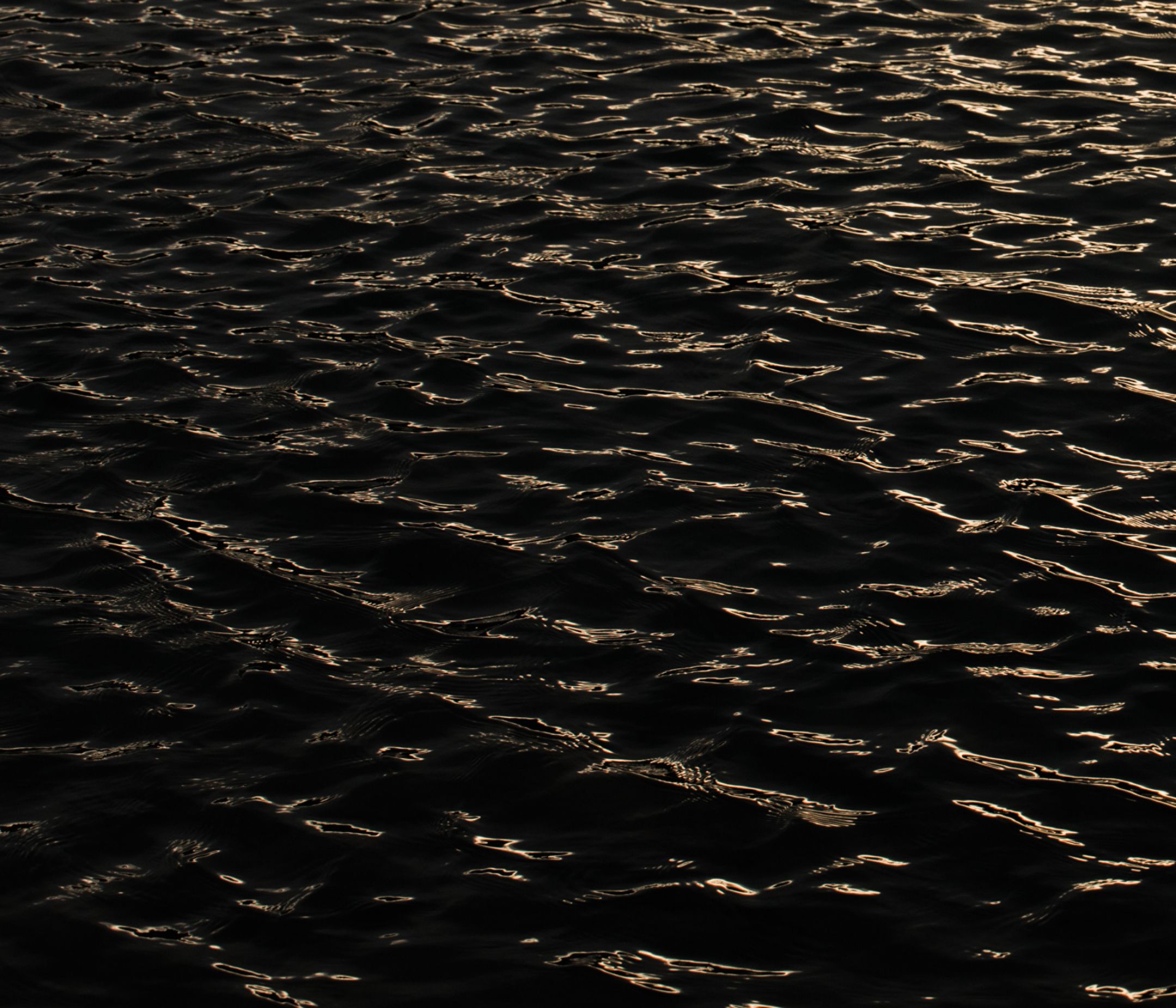
Having Pure OCD is a constant battle with internal darkness, something that goes unseen to most who encounter you. It has the power to substantially alter your consciousness and distort your view of the human condition.
Throughout this endeavor, I used Carl Jung’s Shadow Archetype to represent my Pure OCD experience. Jung proposed a 3-step process for the integration of one’s shadow into one’s self, with a person proceeding from encounter with their shadow, through merger, and finally to assimilation.
This archetype spoke to my personal experience with my own Pure OCD shadow. These three steps became the three sections of my project. Each section begins with a quote from or about Jung, and consists of seven photos representing my experience in that step.
A number of sub-themes of my OCD appear as subtleties within the images. Further, the subject matter is mostly inanimate, often shot in ideal conditions, but meant to convey more sinister undertones, in much the same way that my Pure O symptoms lay beneath the surface appearance of my life.
The photos that make up the project were those that I shot in a period of two months during my most troubling time with Pure O. Even with this struggle as my intention, I want the viewer to take away their own interpretations of my work and the experiences that inspired them.
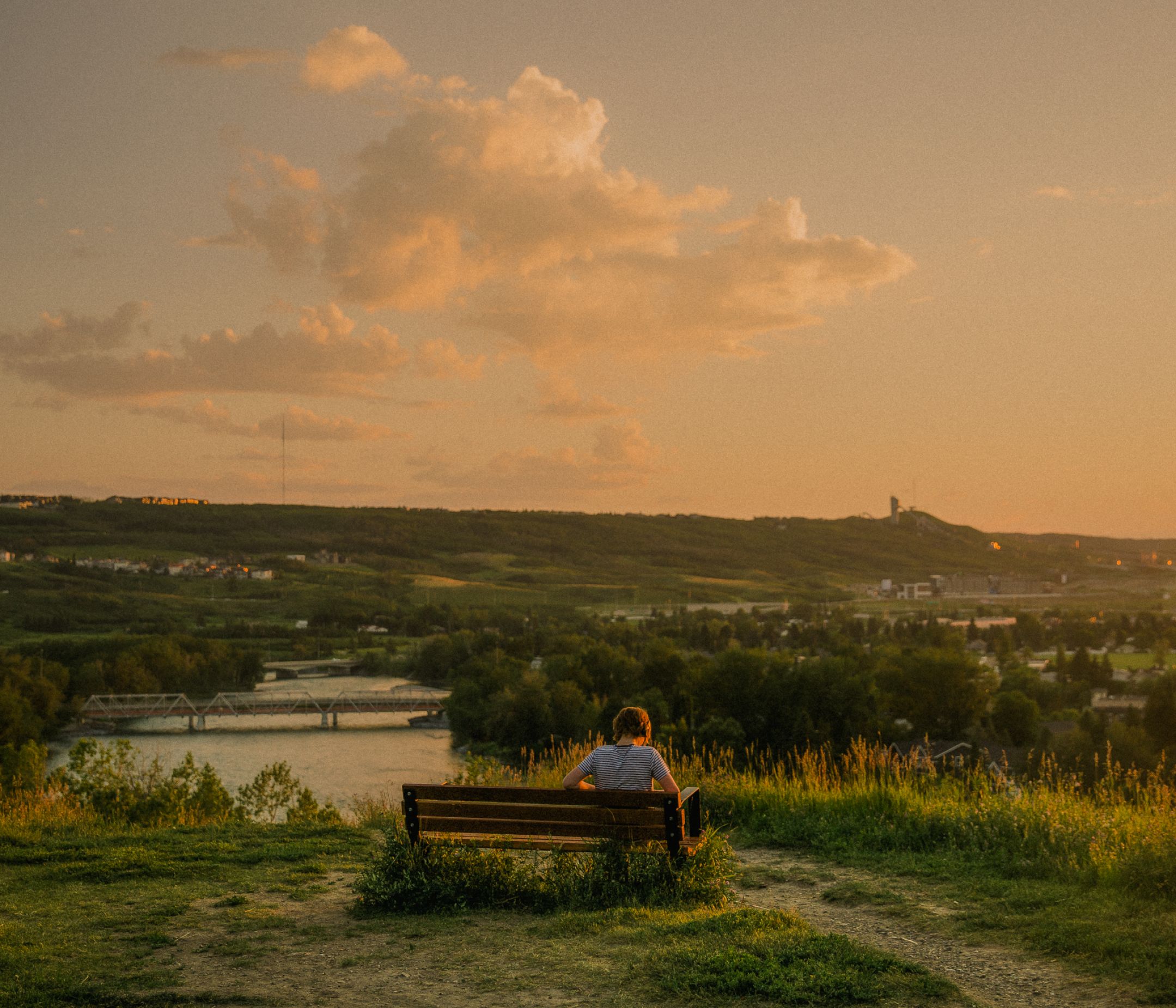
The Future
Even without having Pure O, life is hard, especially if you're young. And for someone with Pure O, it can be especially overwhelming.
While simultaneously being part of the most connected generation of all time, many young people continually feel alienated and isolated. The exponential proliferation of technology and information can make one feel insignificant in comparison to the grander workings of the world. Prolonged ecological disasters, poor global human social wellbeing, political instability, the pandemic, and threats to basic human rights trouble the minds of today’s youth.
Now after confronting my Pure O and getting treatment, I feel better able to accept the world as it is and seek to make positive change within it, without being debilitated.
If I could give one piece of advice to other Pure O sufferers, it would be to confront the condition head-on. Don’t be afraid. Therapy can give you the tools and structure to help your condition, but at the end of the day, you have to make any change in your life. If you have dealt with Pure O and intrusive thoughts for a prolonged period of time, you are so strong. Trust me when I say there is a way forward.
For me what has helped most during my recovery, in addition to regular therapy sessions, is meditation, self-love affirmations, journaling, and limiting social media usage. Even blocking off a short time during your day to engage in personal introspection can greatly help. I wish everyone reading this much success in your personal battles with mental health.
Apoya nuestro trabajo
Nuestra misión es cambiar la manera en que el mundo percibe la salud mental.
